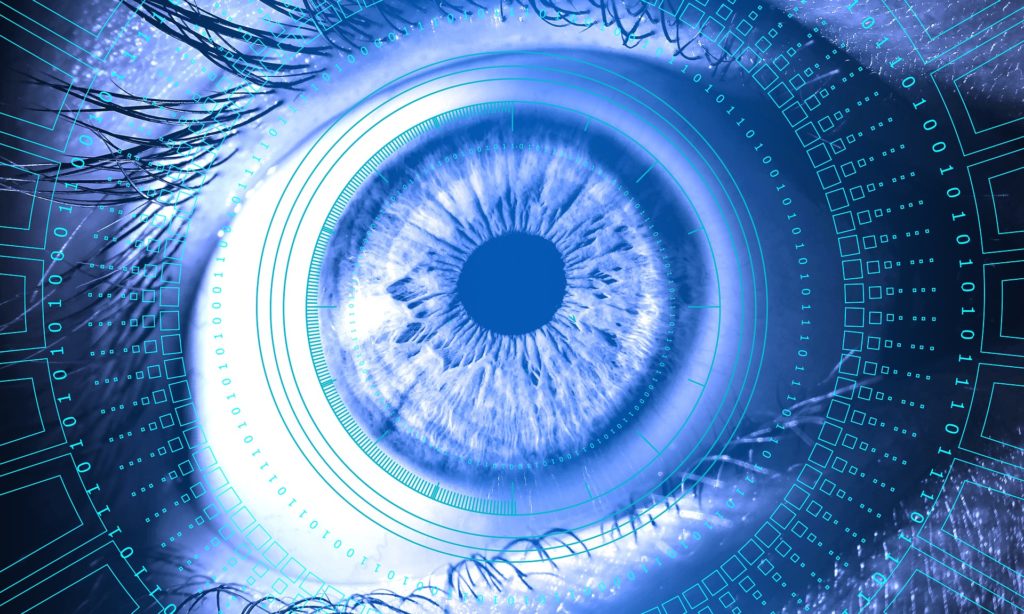One of the big promises for the next generation of computing systems is medical solutions that can quickly and preemptively identify potential health problems to be corrected before permanent damage is done. Maladies like cancer and blindness often occur over long periods, and—as a result—they are tough to catch early enough to mitigate to assure a positive outcome.
Technology is being rapidly spun up to address this speed problem, and one of the more exciting efforts is based on Intel technology.
Intel, Sankara, Leben Solution
Intel is working with the Sankara Eye Foundation and Leben Care to deploy a comprehensive retinal risk assessment software-as-a-service (SaaS) solution that should identify retinal failure due to diabetes far earlier, providing a more assured method to preventing blindness.
This technology’s initial results have been impressive, with over three thousand patients scanned and 742 found to be at risk, allowing for early treatment. Early treatment should improve the odds that the problem doesn’t result in blindness.
The hardware is built around Intel’s Xeon platform with built-in Deep Learning Boost and Intel Advanced Vector Extension 512 acceleration. The solution provides access by the user to Intel-optimized images for TensorFlow, Apache MXNet, and PyTorch in addition to Intel’s performance libraries.
Looking at the bigger picture, one solution like this will certainly expand to other medical care areas. These broader solutions should enable more successful mitigation of future health problems but far lower-cost health services. This result is because patents can be moved into prevention programs which are generally far cheaper than the otherwise resulting cures and undoubtedly preferable to the more common catastrophic outcomes.
The Future of Specialist AI-Based Medical Solutions
Eventually, we may have general-purpose medical AIs (artificial intelligence) that can act like doctors. In the interim, we will get solutions like this specifically designed to identify and prescribe a treatment for targeted illnesses. Eventually, they should evolve to providing treatment as well. This outcome should be the way of things until around 2040 when we should see another significant change to a more comprehensive solution.
I expect this evolution will initially have a doctor determining what type of system you need to be scanned by based on your age, symptoms, family history, and medical history. But that should evolve to provide an AI that provides this guidance and then moves to a more integrated system that increases diagnosis and treatment breadth over time.
Given the cost of this solution, I also expect that the AI solutions will tend to be centralized with connected remotes that function as sensors for most patients who will never go to the centralized location for diagnosis. Eventually, in-home solutions can tie into medical 3D printers from medications, prosthetics, and other remedies that will fit the 3D technology at the time, but this too isn’t likely until around the mid-century mark. But solutions like this Intel-powered solution that is already mobile to deal with India’s distributed population will plow this field first.
This evolution should, over time, reduce the need for doctors and reduce the need for in-depth medical training as the resulting knowledge will be contained in the AIs and not need to be retained by the medical staff.
The long-term result of these advanced AIs should be a significant reduction in medical expense, and a reduction in the time it takes to train doctors. These doctors will increasingly swap technical and operational skills for medical knowledge and provide more consistently favorable treatment results.
Wrapping Up
We are advancing rapidly with AI-based health diagnosis, which will eventually evolve into automated remedies over the next 30 or so years. Like this Intel-based solution, initial systems will be focused and, due to their expense, centralized. But they can be, as this system is, connected to mobile resources so that diagnosis and treatment can occur anyplace in the world.
The end goal will be comprehensive, relatively inexpensive scanning capability located in homes and tied to ever more powerful central medical AIs for comprehensive healthcare solutions that eventually will be highly automated. While this evolution is likely to take 30 or so years, initial benefits will be seen with tools like this Intel tool that will be moving into the mainstream in the first half of this decade.
Healthcare is about to become more accurate, more effective, and less expensive thanks to efforts like this.
- The HP OmniBook X Flip 2-in-1 16-Inch: Your New Digital Swiss Army Knife (Now in Glorious Atmospheric Blue) - June 25, 2025
- The Open AI Avalanche: Why AMD’s Collaborative Spirit Is Outmaneuvering NVIDIA’s Empire - June 22, 2025
- Lenovo Embraces OpenBMC: A Step Towards Greater Transparency and Control in the Data Center - June 17, 2025




Comments are closed.